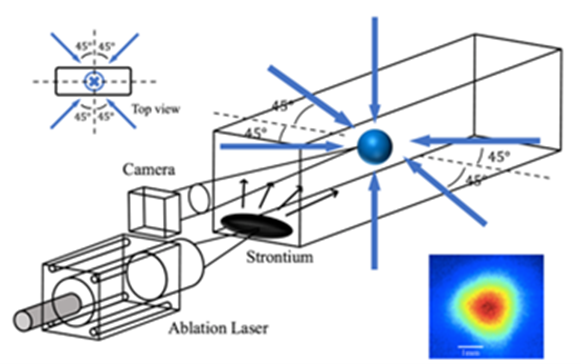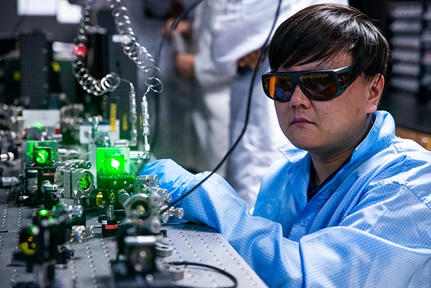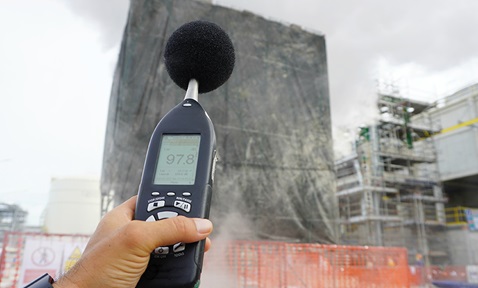
Compact Magneto-Optical Trap for Quantum Computing
Synopsis
This invention presents a new method to produce an effective atomic source within a low-pressure environment. The compact system is realised by heating a piece of pure atomic metal with a focused ablation laser to produce an atomic vapour that loads a magneto-optical trap (MOT).
Opportunity
Over the past decades, laser cooling and trapping have become key techniques for quantum technologies, including quantum information, quantum sensing, timekeeping, and quantum computing. Cold atomic gas is initially produced in a MOT where three pairs of counter-propagating laser beams, one pair per spatial dimension, are overlapped at the centre of a static magnetic quadrupole field. However, further manipulations like additional cooling or loading into optical lattices or optical tweezers are often necessary for advanced applications. Traditional setups for these purposes are usually bulky, complicated and limited to a few atomic species, which limits the development and potential applications of cold gases. This invention addresses these issues by introducing a new method to produce an effective atomic source within a low-pressure environment, enabling a compact system that drastically reduces setup complexity.
Technology
This invention consists of a new design for atomic laser cooling and trapping. This design is based on a simple single vacuum chamber where the atomic source is produced using an ablation laser that rapidly heats a small fraction of a pure metal granule at a high temperature. After loading the MOT, the pressure decreases rapidly to secure a long lifetime of the cold atomic ensemble. The operation of this compact and portable device is illustrated using strontium atoms. This newfound portability with strontium opens up the possibility of conducting inertial sensing and precision measurement experiments outdoors, such as in relativistic geodesy and metrology. A transportable source of ultracold strontium also finds potential applications in civilian defence and quantum simulation. The ablation technique further enables laser cooling possibilities for other metal species that normally require high temperatures.

Figure 1: Compact magneto-optical trap.
Applications & Advantages
Main application areas include gravimetres, quantum computing and scientific laboratory equipment for AMO (atomic, molecular and optical) physics.
Advantages:
- The device is small and portable.
- Achieves more than four seconds of cold atom lifetime.
- Opens up laser cooling possibilities for multiple metal species.



.tmb-listing.jpg?Culture=en&sfvrsn=7a33f2b7_1)
.tmb-listing.jpg?Culture=en&sfvrsn=3b74ec1c_1)










